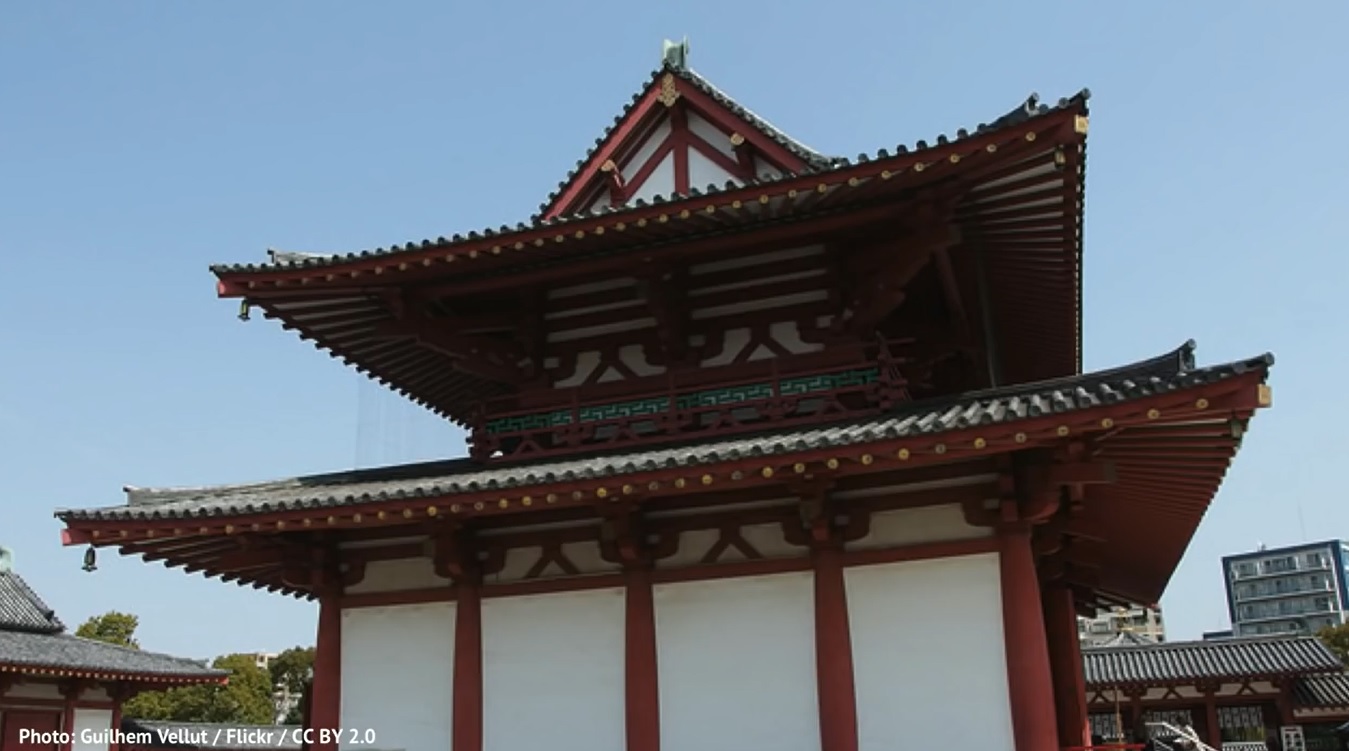“John Gapper has written today in the Financial Times about the problems facing Deutsche Bank and Twitter, very different companies but both coincidentally valued at about $16 billion and, but for different reasons, facing an uncertain future. He describes them as both lost in the past and argues that “unless a company finds a way to diversify and expand beyond its core business, it gets stuck”. He makes a good case for the first part of his diagnosis. The second, while well argued about the particular positions of Deutsche Bank and Twitter is far from true as a generalisation in that the both the commercial and non-commercial worlds are full of organisations that have thrived and survived without either diversify or expanding, but who have at least adapted.
The point he makes about Deutsche Bank concerns failed diversification and poorly conceived and executed expansion. He writes: “The obvious lesson from Deutsche’s experience is not to lose touch with your roots. “It strikes me that a lot of banks have lost a sense of what made them special in the first place,” says Chris Zook, a partner of Bain & Company, the management consultancy. The bank’s corporate business is outweighed by retail banking and securities trading, neither of which is doing well….. From early on, Deutsche decided that its founding mission — to challenge the hegemony of UK banks in financing foreign trade in the late 19th century — was too small a niche. But expanding into retail and small business banking, as it did after being reconstructed in 1957, was tricky.”
He describes the problem of Twitter as being a victim of the niche in which it was conceived, the 140 character SMS defined tweet, that now is on the slide and any enhancements are proving insufficient to cope with competition. He contrasts this niche definition at conception with the vision of Jeff Bezos who: “astutely started a business that was neatly defined yet had equally clear room to grow. He entrenched it in the public’s mind as an online bookseller before expanding into other products”. Gapper is conveniently ignoring Amazon’s first mover advantage. It is hard to remember now, but it was founded in the earliest days of the world wide web, in 1994, whereas Twitter only came into existence in 2006, when the internet was much further evolved and Facebook, for example, was already two years old.
Gapper contrasts Twitter with Facebook pointing out that it was restricted when first launched, with strict rules about who could befriend users, but Mark Zuckerberg was able to widen its scope by adding videos and messaging relatively early and with a strong revenue model that allowed him to generate both investment and cash that allowed him to buy businesses like Instagram and WhatsApp to neutralise competition both by taking competitors out an enhancing the core service offering.
So what does Gapper think will happen next to these two: “Deutsche now wants to turn back to something closer to its origins, rebalancing towards corporate finance and asset management with less of the expensive grandeur of investment banking. Twitter seems more likely to take shelter within a bigger company”. This first option appears doable, and actually gives the lie to Gapper’s opening argument about diversification and expansion and, if not “sticking to the knitting” is returning to the knitting. In Twitter’s case, it appears that the only hope is finding another company who can replace the company’s interface with the external financial market with a hierarchical relationship to a group HQ and, if there are indeed value creating opportunities for a new parent, something that provides enough sustainable value in the broadcastable message of less 140 characters and audiences that seem fickle and ephemeral to justify an price that provides some sort of return to the existing shareholders.
Footnote: Gillian Tett reports in FT 30th September that Deutsche Bank paid staff 4bn euros in bonuses in 2006 and 2007 and 2bn in 2008.
